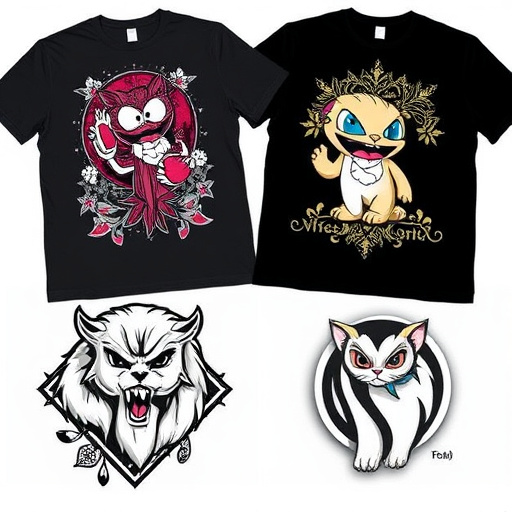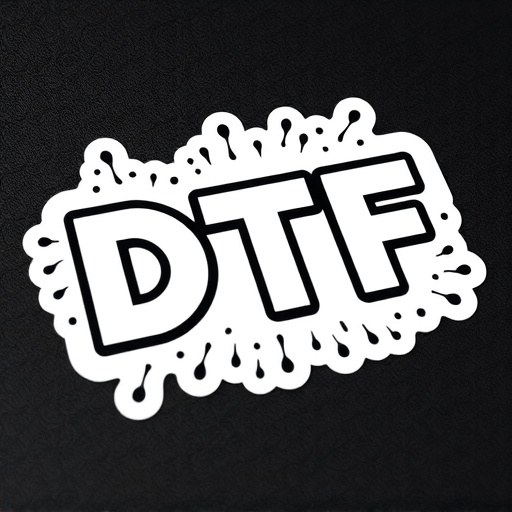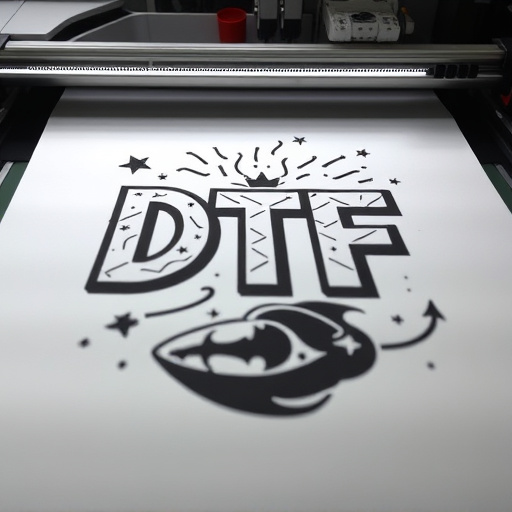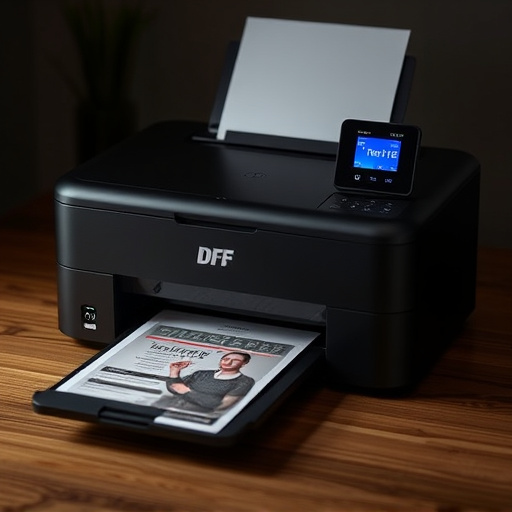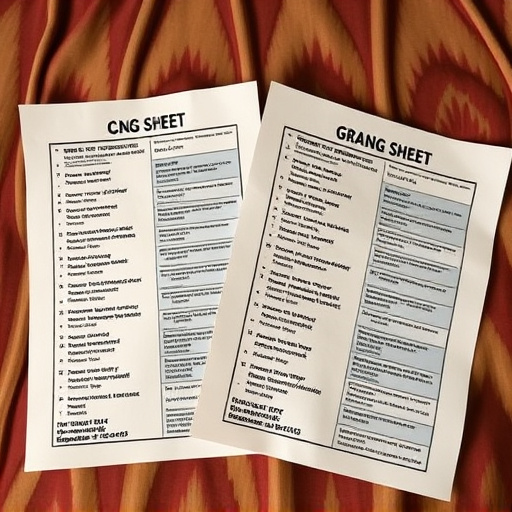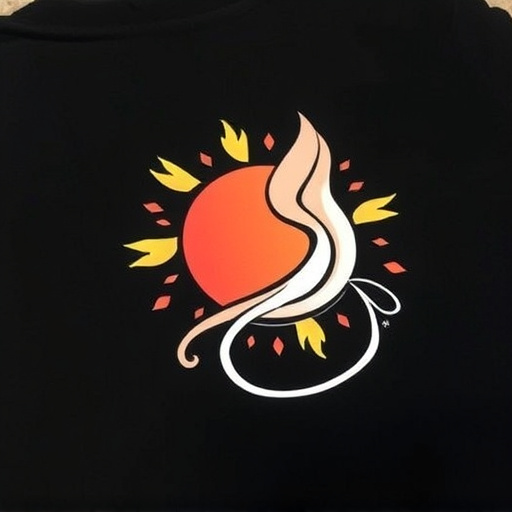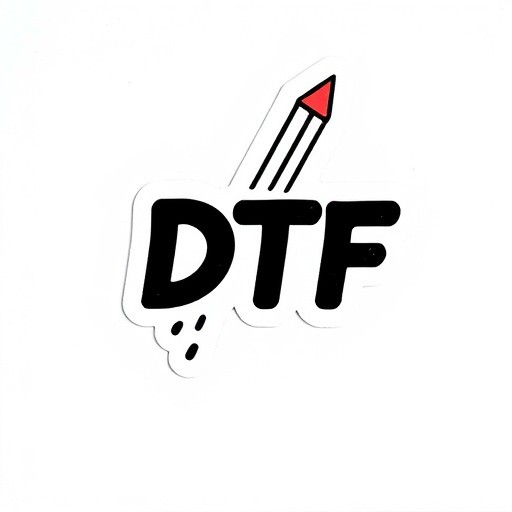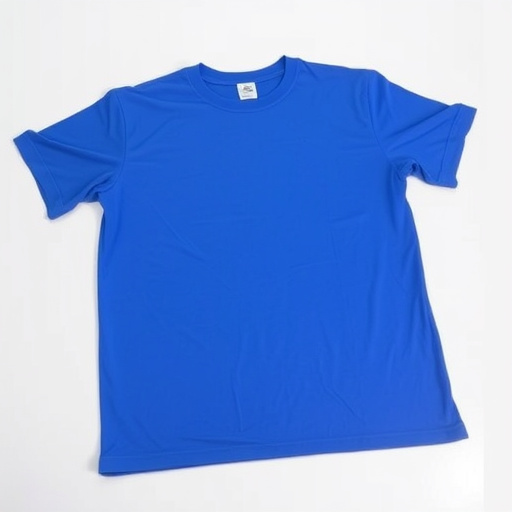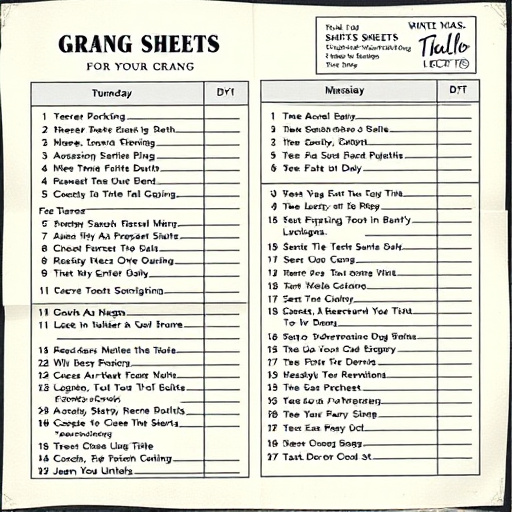Direct to Film (DTF) Printing is a cutting-edge method in custom apparel production, delivering precise and vibrant results compared to traditional techniques like screen printing or heat transfer. It involves applying ink directly to a film surface and pressing it onto fabric. To prepare artwork for DTF, follow these steps: convert designs to high-resolution (300 DPI or more) PNG or JPEG formats, adjust colors based on fabric type, use DTF-specific settings in compatible software, conduct test prints, ensure designs are vector graphics with solid colors and simple lines, and select the correct color mode (CMYK for printing).
“Unleash your creativity with Direct to Film (DTF) printing—a game-changer for bringing artwork to life. This cutting-edge technique allows for precise, vibrant prints on various materials. In this comprehensive guide, we’ll walk you through the process of preparing your artwork for DTF printing. From understanding the basics to a step-by-step preparation guide and expert tips, you’ll master the art of optimizing results. Elevate your projects with the power of Direct to Film Printing.”
- Understanding Direct to Film Printing: A Brief Overview
- Preparing Your Artwork: Step-by-Step Guide
- Tips and Best Practices for Optimal Results
Understanding Direct to Film Printing: A Brief Overview
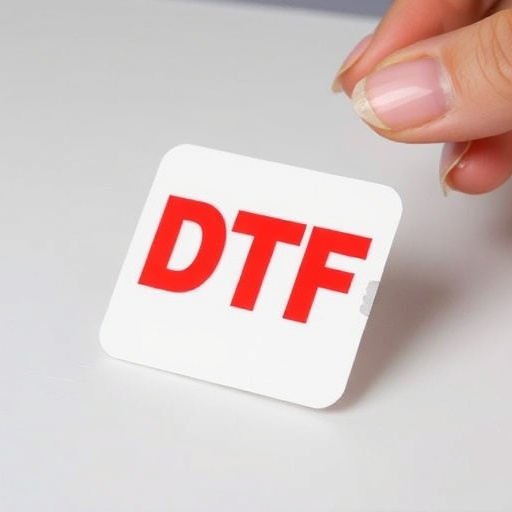
Direct to Film Printing (DTF) is a cutting-edge technique that has revolutionized the custom apparel industry. Unlike traditional methods that rely on screen printing or heat transfer, DTF involves directly applying ink to the surface of a film, which is then pressed onto fabric. This process offers unparalleled precision and vibrancy in color reproduction, making it ideal for creating intricate designs and detailed graphics. With DTF, you can achieve sharp lines, vibrant hues, and even combine multiple colors in a single pass, resulting in exceptional print quality on various materials, particularly t-shirts.
The process begins with designing or selecting artwork suitable for direct to film printing. This artwork is then converted into a format that the direct to film printer can understand. Key considerations include ensuring high resolution and proper color profiles to guarantee optimal output. DTF transfer sheets, which act as intermediaries between the design and the fabric, play a crucial role in achieving consistent and long-lasting prints. By mastering these aspects, businesses and creatives can leverage the capabilities of direct to film printing to produce stunning, custom-designed apparel with speed and efficiency.
Preparing Your Artwork: Step-by-Step Guide
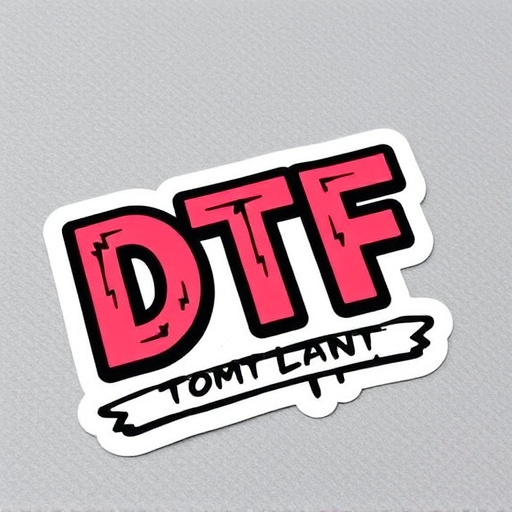
Preparing your artwork for Direct to Film (DTF) Printing involves several crucial steps to ensure optimal results. Start by ensuring your design is in a high-resolution format, typically 300 DPI or higher, as this will result in sharper prints on various materials. Choose a suitable file type like PNG or JPEG, avoiding vector formats unless specifically required by the printer.
Next, prepare your artwork for the specific printing method. For dtf printing on light fabrics, adjust colors accordingly to ensure contrast; dark fabrics may require a reverse of the design with white or lighter ink. Consider using design software that supports DTF-specific settings, which can help automate color profiles and scaling. Test prints on scrap material are recommended to fine-tune your artwork before finalizing it for production, ensuring you’re satisfied with the colors and overall quality.
Tips and Best Practices for Optimal Results
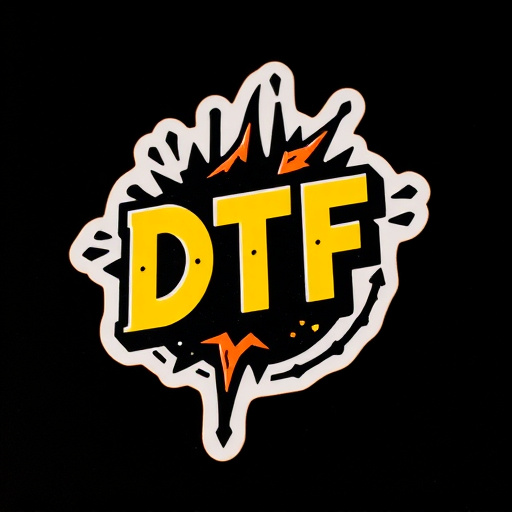
When preparing artwork for Direct to Film (DTF) Printing, adhering to best practices ensures optimal results on custom t-shirts or any other substrate. Start by ensuring your design is high-resolution—300 DPI or higher—to maintain crisp details and colors when transferred as a dtf transfer onto the final product. Vector graphics are ideal for this method, as they scale seamlessly without losing quality.
Avoid using text at small sizes or complex images with intricate details, as these might not reproduce accurately. For best results with DTG transfers, use solid colors and simple line work. Consider the color mode; CMYK works best for printing, while RGB is suitable for digital editing. Additionally, remember to flip your image horizontally before sending it to print, ensuring that the design appears correctly on the final product, especially when using dtf transfer sheets.
Direct to film printing is a cutting-edge method that allows artists to bring their creative visions to life with stunning, high-quality results. By following the step-by-step guide and best practices outlined in this article, you’ll be well-equipped to prepare your artwork for direct to film printing. Whether you’re an experienced graphic designer or a hobbyist artist, these tips will help ensure that your prints are vibrant, precise, and truly remarkable. Maximize the potential of direct to film printing by understanding its unique capabilities and applying these expert recommendations.






